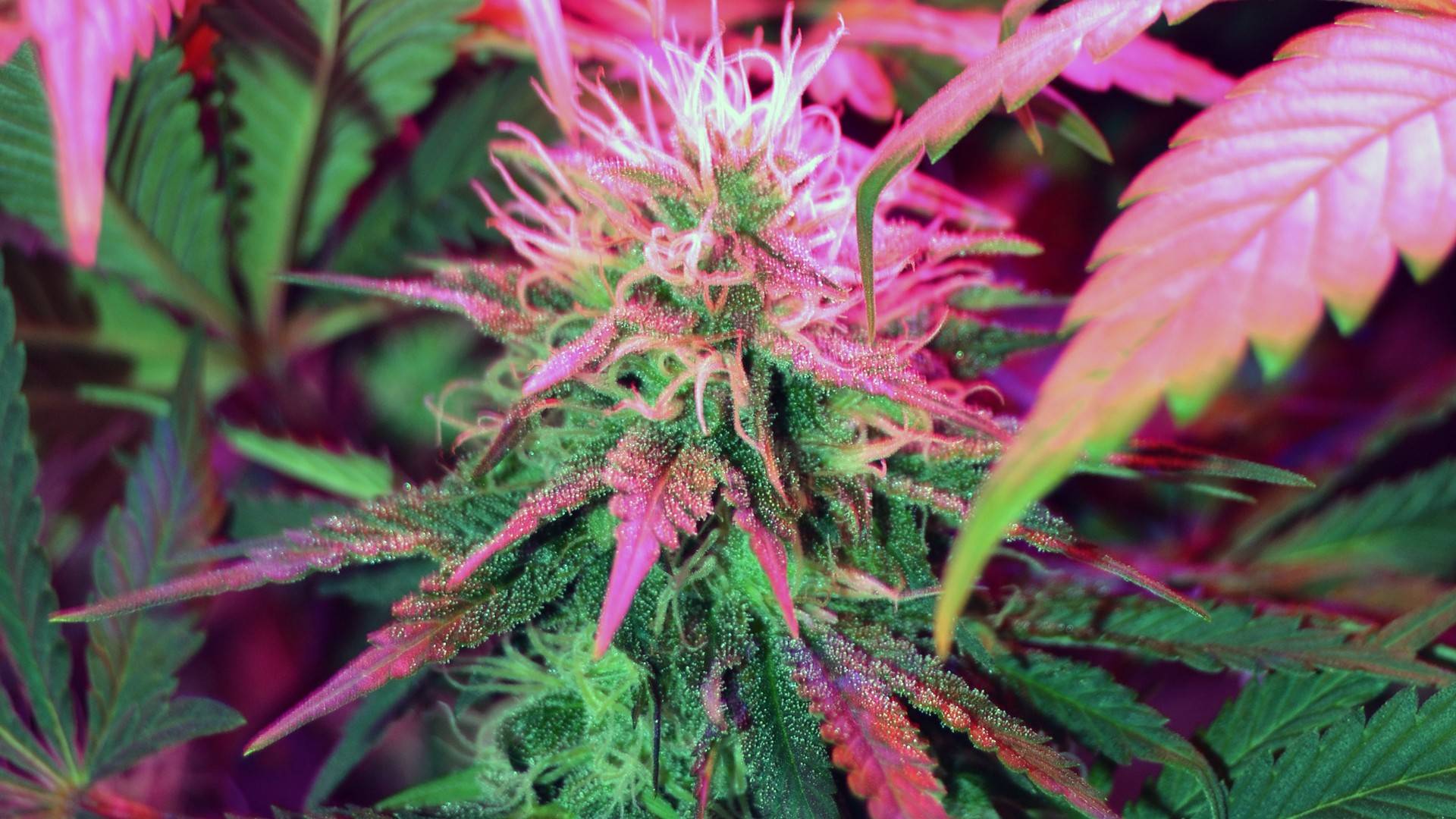With the rising popularity of medical marijuana, more and more older adults are turning to cannabis as a part of their wellness practices in order to treat illnesses like chronic pain, arthritis, sleep disorders, and neurodegenerative diseases.
However, this population also faces elevated risks, including:
- Drug interactions with commonly prescribed medications (e.g., anticoagulants, sedatives)
- Increased fall risk due to cannabis-induced dizziness or hypotension
- Delayed metabolism and excretion, which may enhance drug potency and prolong effects
Additionally, the lack of standardized dosing guidelines and variability in product potency further complicate cannabis use in geriatric populations.
Clinicians are encouraged to take detailed histories regarding cannabis use, especially among patients managing multiple chronic conditions. Education on titration, non-inhaled routes of administration, and THC/CBD ratios is essential to optimizing safety.
Marijuana and Safety
Due to the growing accessibility of marijuana with the medical and recreational legalization, the safety consequences of marijuana, particularly in the public, work-related, and home circumstances have been given more consideration. Motor coordination, judgment, and reaction time are some of the important functions that can be impaired by the psychoactive properties of THC and this is why the use of marijuana is an increasing threat to public safety, especially when it comes to driving, job performance, and accidental exposure.
Drunk driving and Road safety
Drug-impaired driving is one of the most urgent safety issues that can be related to the use of marijuana. THC has a detrimental impact on the motor and cognitive abilities needed to operate a vehicle safely and these include:
- Shorter response time
- Poor short term memory and attention
- Altered sense of space
- Impaired power of decision making
Driving under the influence of marijuana has been shown to increase the risk of motor vehicle collision especially when drivers indulge in the drug 1-3 hours before driving. In contrast to alcohol, the impairment of THC does not correlate linearly with the concentration in the blood, which makes it difficult to formulate per se legal limits.
Also, poly-drug use, particularly, marijuana and alcohol, is synergistic, and it dramatically increases impairment and the risk of accidents. With increasing jurisdictions across the globe legalizing cannabis, drug recognition training of the law enforcement and community education are the crucial elements in the responses to marijuana-impaired driving incidences.
